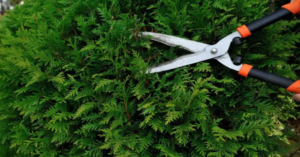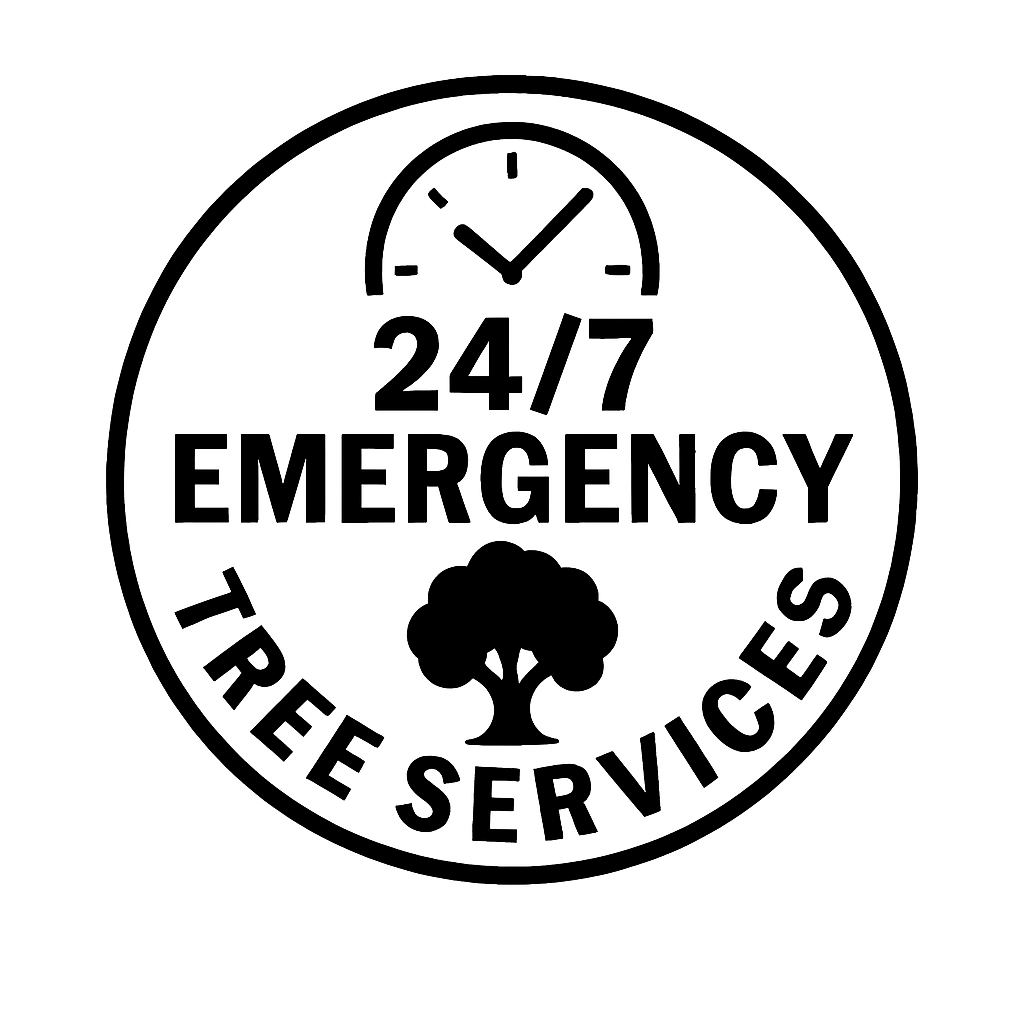- 4814 Osgood St, Bronx, NY 10470
24/7 Available
When Should You Trim Maple Trees?

Trimming your maple tree at the wrong time can turn out to be a nightmare for homeowners. It seriously messes things up. We are talking about leaking saps here, stunted growth and even tree death. So, if you are wondering when you should trim your maple trees, you are at the right place. This comprehensive guide will guide you through the basic steps and provide you real answers and no fluff.
Why Timing Matters When You Trim Maple Trees
Trees are just like us. Just as we have a fixed schedule for eating our meals, trees have fixed seasons to revitalize themselves, thereby showing the importance of timing.
Want to trim in spring? Your tree’s sap will bleed and will weaken it. It is just like a marathon runner forced to donate blood mid-race.
Late winter is perfect. Why so?
- The tree is dormant.
- The wounds heal faster.
- Sap hasn’t started flowing yet.
During this period, your tree is sleeping. So it doesn’t freak out when you cut it.
No leaves means you can see which branches need a haircut. But that doesn’t mean you go trimming your trees randomly. Trim when required, else it will induce stress on your greens.
Best Time of Year to Trim Maple Trees
Let’s quickly go over the seasons in which you can trim your maple trees so you won’t have to guess.
Late Winter (February–Early March)
As mentioned before, it is the best time to trim maple trees as the tree is dormant and trimming during this period lessens the chance of pests attacking and diseases.
The temperature during late winter is cold enough to kill bugs and warm enough to avoid getting frostbite. Moreover, late winter seasons have been chosen as the most ideal for trimming by the University of Minnesota Extension.
So, if you are serious about maple health, this is your window.
Spring (April–May)
Do not trim in spring! The sap flows like crazy. If you even trim just a branch, sap will drip for hours.
And guess who loves that?
- Insects
- Mold
- Tree diseases
That’s like giving it an open wound right before allergy season, stressing your tree big time.
Avoid trimming in spring unless the branch is dangerous.
Summer (June–August)
Light pruning can be done in summer but nothing more than that. You can remove deadwood, snip off small shoots and clean the damage caused by storms.
Don’t go crazy with the saw, though.
Big cuts = bad healing during growth season.
If your tree is growing fast, wait until winter for best results.
Fall (September–November)
Fall feels like a good time, but actually it’s not. Your tree will feel like catching a cold before winter
Why so?
- Trees are prepping for dormancy.
- Open wounds lead to slow healing.
- Increased risk of fungal infections.
So, leave your tree alone unless it threatens your safety.
How to Know If Your Maple Tree Needs Trimming
Not every tree needs a haircut every year. But if your maple trees do look messy, observe these signs to make a decision:
Signs It Needs a Trim:
- Branches are crossed or rub each other.
- Dead or diseased limbs (dry, brittle, fungus-covered)
- Limbs grow toward your roof, driveway, or power lines.
- Branches that look split, cracked, or storm-damaged.
Trimming such branches promotes the circulation of sunlight and airflow, thereby preventing pests and mold.
You can think of pruning like first aid + a haircut = safety + style.
What Happens If You Trim Maple Trees at the Wrong Time
Now, what if you cut your trees at the wrong time? Your tree will be damaged permanently. Homeowners who cut their tree in spring, the tree’s sap will start leaking like a broken faucet and not like that sweet syrup that you pour on your pancakes.
You may face the following problems:
- Sap bleeding – a sticky mess that drains the tree’s energy
- Slow healing – open wounds take longer to close, thereby inviting trouble
- Infection risk – fungal spores love exposed cuts
- Stressed-out tree – weaker growth in spring and summer
It’s not about being picky—it’s about keeping your maple alive and thriving.
How to Trim a Maple Tree the Right Way?
You’ve know the “when” part. Now it’s time to let’s talk about the “how.”
You can become a pro without needing anything.
Tools You’ll Need:
- Bypass pruning shears (for branches under ¾ inch)
- Loppers (for ¾ to 2 inches)
- Pruning aw or pole saws (if you have larger limbs)
- Gloves + safety glasses.
Make sure you have the latest tools, as dull ones can crush your branches.
Step-by-Step Maple Tree Pruning:
1. Inspect the Tree
First of all, see any signs of dead, broken, diseased, or dangerous limbs.
Check if any branches are:
- Crossing each other
- Growing toward your house or power lines
- Cracked or split from storms
2. Plan Your Cuts
Once done with assessing your tree? Don’t just start to chop randomly. Look at the branch collar. This is the swollen area where the branch meets the trunk. You have to cut just outside the collar so that you never flush with the trunk.
3. Use the Right Technique
Small limbs can be removed without putting in too much effort. But what about the large limbs? What could be the right technique? You can use the three-cut method:
- Undercut 6–12 inches from the trunk.
- Make a top cut slightly farther out.
- Remove the stub cleanly near the collar.
Ultimately, this prevents bark from tearing.
4. Never Top Your Tree
“Topping” means cutting off the top of the tree. This makes it shorter. It sort of giving your tree a buzz cut using hedge trimmers. It destroys the natural structure of the tree and permanently weakens it. So, don’t. Do. It.
Types of Maple Trees and Their Trimming Needs
Not all maples are the same. Every tree grows differently!
Maple Type | Trimming Notes |
Red Maple | Fast-growing. Trim regularly to control size. |
Sugar Maple | Slow-growing. Trim lightly to preserve natural shape. |
Silver Maple | Very brittle. Trim often to remove weak, splitting branches. |
Japanese Maple | Ornamental. Only light trimming to shape You must avoid heavy cuts. |
Know Your Tree Before You Cut
Some maples trees tend to bleed more sap than others. Sugar maples and silver maples are known for this. So you should always aim to trim in winter to avoid such sticky problems.
Pro Tips: Maple Tree Maintenance After Trimming
Done trimming? Good job.
Now let’s talk about aftercare.
Watering After Trimming
- Don’t drown it.
- Only water during dry spells.
- Use deep and slow watering. Do it around the drip line (edge of canopy
Fertilizer?
Skip it for now. If you do it right after prunin,g you can hurt your tree. Wait for a month or two so it can heal.
Mulching
Mulch = your tree’s best friend.
- Add 2–4 inches of mulch around the base.
- Keep it away from the trunk
- Helps with moisture and temperature regulation. You can even control weed.
Watch for Stress Signs:
Really important to know the stress signs, helping to save your trees in the long run.
- Wilting or curling leaves
- Dead branch tips
- Sap is leaking from other areas
Conclusion: When Should You Trim Maple Trees?
To sum it all up, late winter is the best option for you to trim your maple trees and make them thrive for a lifetime. You can even opt for summer but skip fall to avoid poor results. Seeking a reputable company to trim your trees? Contact our arborists at Tree Services NYC to make your maple stronger and healthier. We have years of experience in nurturing maple trees.
Tree Services NYC provides expert tree removal, trimming, and stump grinding in Bronx, NY. Trust our professionals for safe and efficient tree care!





